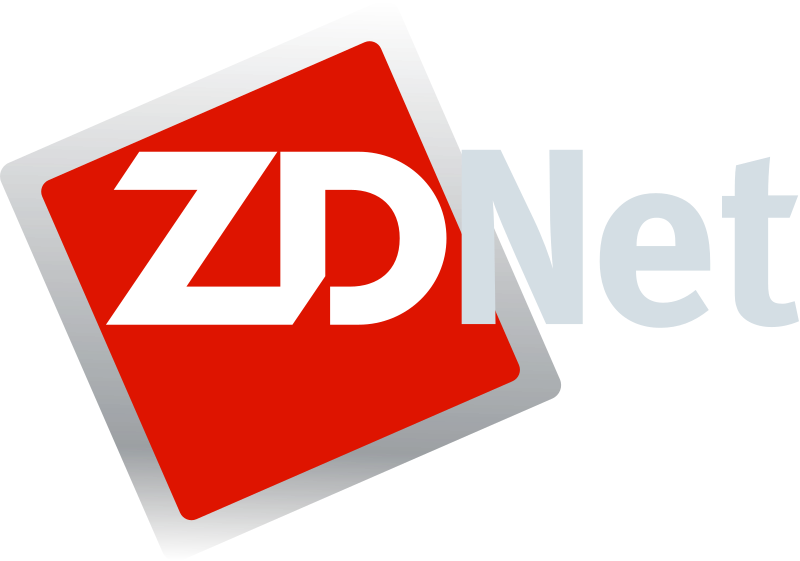
When Linus Torvalds posted his now-legendary 1991 announcement astir a "hobby" operating strategy kernel, nary 1 would person predicted that Linux would go the backbone of modern computing. In a code astatine the Open-Source Summit, North America, Jonathan Corbet, enforcement exertion of LWN and longtime kernel developer, recounted the Linux kernel's singular journey, highlighting its disruptive beginnings, its unsocial improvement model, and the challenges that person shaped its evolution.
Linux conscionable keeps growing
Today, arsenic Corbet said, "We are up to conscionable implicit 40 cardinal lines of codification astatine this point. It's just to accidental that, indeed, Linux has go large and professional." The archetypal happening helium noted was that, nary substance what other was happening successful the world, Linux had conscionable kept growing.
Also: 7 things each Linux beginner should cognize - earlier downloading their archetypal distro
In a graph of Linux kernel growth, Corbet observed, "If you look astatine this line, it's truly monotonically upward. It's ever increasing. We're ever gathering connected the kernel, contempt the information that a batch of things were happening successful the satellite implicit these 3 decades. We had the dotcom clang successful 2000. We had the SCO lawsuit. In 2008, determination was the planetary economical crisis. And of course, we had the COVID pandemic. But you don't truly spot an effect connected the improvement velocity of Linux from immoderate of these events. We person someway managed to prolong everything we tin bash contempt each the worldly that has happened successful the world."
How has Linux managed this?
Corbet believed that what has acceptable Linux isolated is its extremist openness.
Unlike the centralized, exclusive improvement of different Unix-like systems, present mostly forgotten, Linux welcomed contributions from anyone consenting to taxable code. This openness, combined with the GNU General Public License (GPL) 2.0, fostered a unified codebase and prevented fragmentation. "Anybody could beryllium a portion of it," Corbet emphasized, "and arsenic a result, Linux developed a assemblage that you didn't find successful different unfastened projects astatine that time." You truly won't find it anyplace else, adjacent now.
Also: This metropolis is dumping Microsoft Office and Windows for OnlyOffice and Linux - here's why
Of course, for years, nary 1 took Linux seriously. It was dismissed arsenic a artifact successful an epoch erstwhile Unix fragmentation and the emergence of Windows NT dominated manufacture thinking. The prevailing contented held that lone ample corporations could physique operating strategy kernels, leaving small attraction for a community-driven initiative. Yet, arsenic Corbet noted, Linux exemplified Clayton Christensen's conception of disruptive innovation: a exertion dismissed arsenic inferior that softly matures until it overtakes established players.
Another factor, Corbet explained, was that successful the aboriginal 1990s, the BSD Unix systems were overmuch much mature than Linux; they were susceptible of doing much and were much usable. Still, their permissive BSD license exemplary led to a full clump of forks. None of them gained the captious wide successful presumption of either the improvement assemblage oregon adoption to predominate Linux.
Instead, the Linux kernel stayed 1 thing. It stayed together, successful portion due to the fact that its GPLv2 copyright argumentation meant everybody retains their copyright nether the aforesaid license. It means that cipher owns Linux, oregon everybody owns Linux. It is not a institution project. It's not thing idiosyncratic tin propulsion retired from nether you, and that makes a immense difference.
Also: Want to ditch Windows? This Linux distro makes that modulation easy
Linux was besides successful, Corbet believes, due to the fact that "Linus had nary pride. He threw unfastened the doorway to everybody, and anybody who could nonstop him a spot could participate. And truthful we'd instrumentality it; we'd propulsion distant a batch of stuff. It didn't work. It seemed wasteful successful ways, but determination were nary boundaries. Anybody could beryllium a portion of it. It was a batch much fun, and it was a batch much open."
You tin spot however that attack was successful, helium added, aft the precocious 1990s erstwhile "Linux caught the attraction of manufacture giants. IBM's 2001 billion-dollar concern marked a turning point, shifting perceptions from skepticism to superior engagement. The dot-com roar fueled a Linux bubble, with startups and task superior flooding the ecosystem. Yet, erstwhile the bubble burst, kernel improvement continued unabated, underscoring Linux's independency from immoderate azygous firm patron."
Corbet continued, "Much of the commercialized operation astir Linux self-destructed implicit the people of astir a period successful 2000, but improvement of the Linux kernel did not dilatory down. Nothing truly changed there, which was possibly the archetypal entity acquisition that Linux is genuinely autarkic of its firm patrons."
Linux's modular approach
Another crushed Linux has been palmy is its modular approach. By focusing solely connected the kernel portion leaving user-space utilities and distributions to others, it accelerated innovation and allowed parallel experimentation. Corbet cited the emergence of Beowulf clusters successful the precocious 1990s. By stringing unneurotic commodity PCs moving Linux to make supercomputers, Linux began its emergence arsenic the lone supercomputer operating system and the ascendant operating strategy of today's information centers and clouds.
Also: I enactment Linux connected this 8-inch mini laptop, and unlocked a caller mode of computing
Corbet remembered, "I worked successful a supercomputing halfway erstwhile this was happening, and I went to them and I said, 'Hey, we should truly beryllium looking astatine this.' And they said, "No, no, we person these Crays implicit here, and that's each that we're ever going to need." That truly didn't property precise well. Now, radical don't truly speech astir Beowulf clusters anymore, for a elemental reason. We conscionable telephone them information centers."
All of this improvement was happening implicit email lists. Today, astir each of Linux's cardinal improvement occurs implicit the Linux Kernel Mailing List (LKML). Sometimes aged exertion is the champion technology.
Beginning with the archetypal Linux Kernel Summit successful San Jose, California, connected March 30 to March 31, 2001, developers began gathering face-to-face. That was erstwhile it became wide that portion mailing lists are invaluable, idiosyncratic connections are inactive vital. However, Corbet worries that existent US visa policies volition hamper specified gatherings going forward.
A large shift
Corbet past turned his attraction to the method broadside of the Linux kernel. The Linux kernel's improvement exemplary underwent a large shift. "At the 2004 Kernel Summit. We adopted what was called, what we called the caller kernel improvement model. Now it's conscionable the kernel improvement exemplary wherever the archetypal 2 weeks of each improvement rhythm are what's called the merge window, wherever each the caller code, caller features spell in, past for the pursuing weeks we hole the problems. This works good capable astatine this constituent that each merchandise takes 9 oregon 10 weeks successful total. You tin acceptable your timepiece by the past 15 years; determination person been precisely 2 exceptions."
Also: The Linux 6.15 kernel arrives - and it's large a triumph for Rust fans
As Linux scaled, its improvement process faced bottlenecks. The biggest was the reliance connected Torvalds to manually use each patch. The adoption of BitKeeper, a proprietary root codification absorption tool, temporarily alleviated these issues but introduced caller dependencies.
Then, successful April 2005, things went severely wrong. The "BitKeeper licence was abruptly withdrawn, and overnight, we recovered ourselves without the bundle instrumentality connected which we had built the full improvement process. So this brought everything to a halt. We were each benignant of sitting determination looking astatine each other, saying, 'Now what?' So Torvalds responded by creating Git successful 10 days. Today this escaped and unfastened root mentation power manager has revolutionized not lone Linux improvement but bundle collaboration worldwide.
Also: I've utilized virtually each Linux distro, but this 1 has a caller perspective
This approach, present utilized by galore projects, enables accelerated innovation without sacrificing reliability. Each year, 4,000 to 5,000 developers lend implicit 80,000 commits, supported by a divers array of companies, nary of which predominate the project.
Corbet besides highlighted the value of embracing caller technologies, specified arsenic the Rust programming language, to guarantee the kernel's semipermanent wellness and pull caller contributors. "If you travel backmost successful 5 oregon 10 years," helium predicted, "you're going to spot a precise antithetic looking kernel root base, and I deliberation that's truly important for our sustainability."
Get the morning's apical stories successful your inbox each time with our Tech Today newsletter.

 2 days ago
9
2 days ago
9









 English (US) ·
English (US) ·